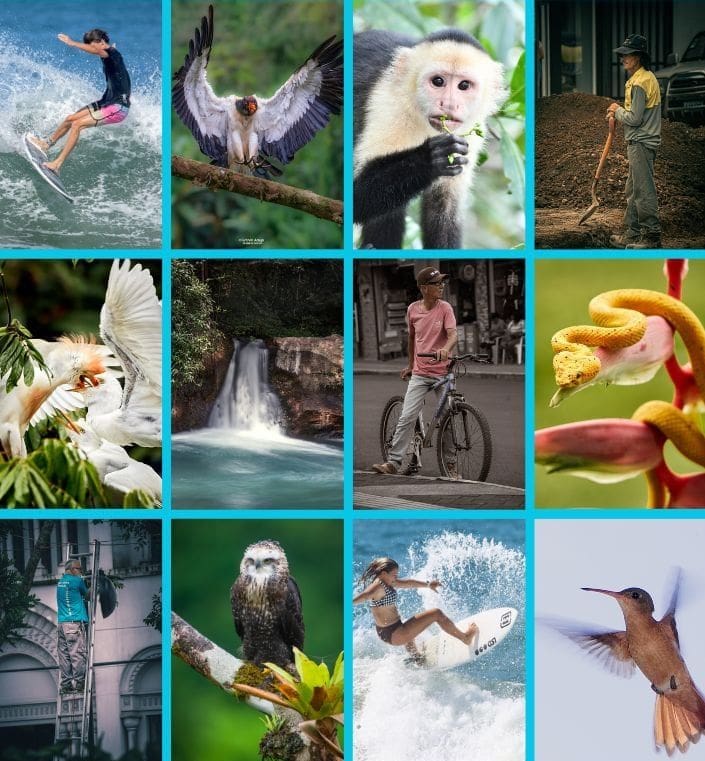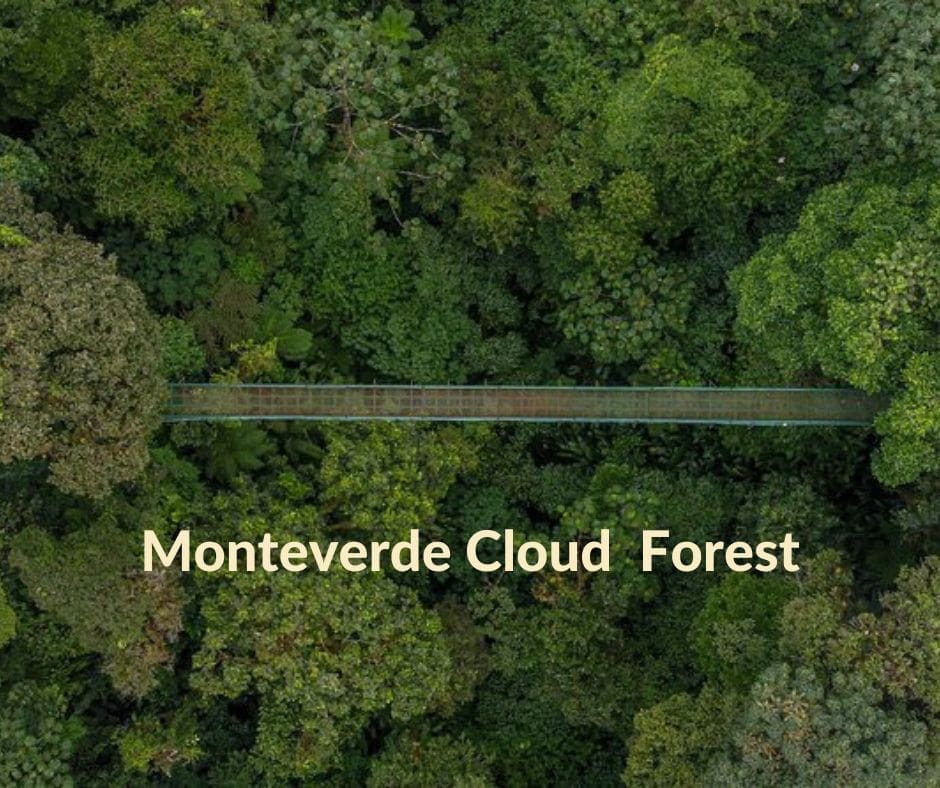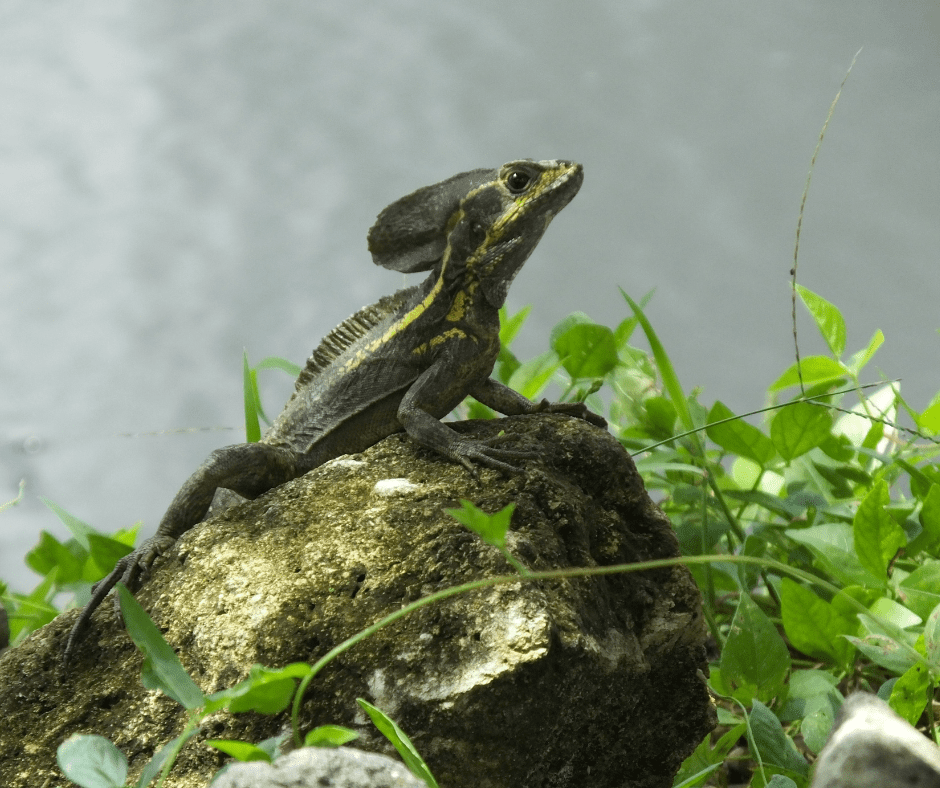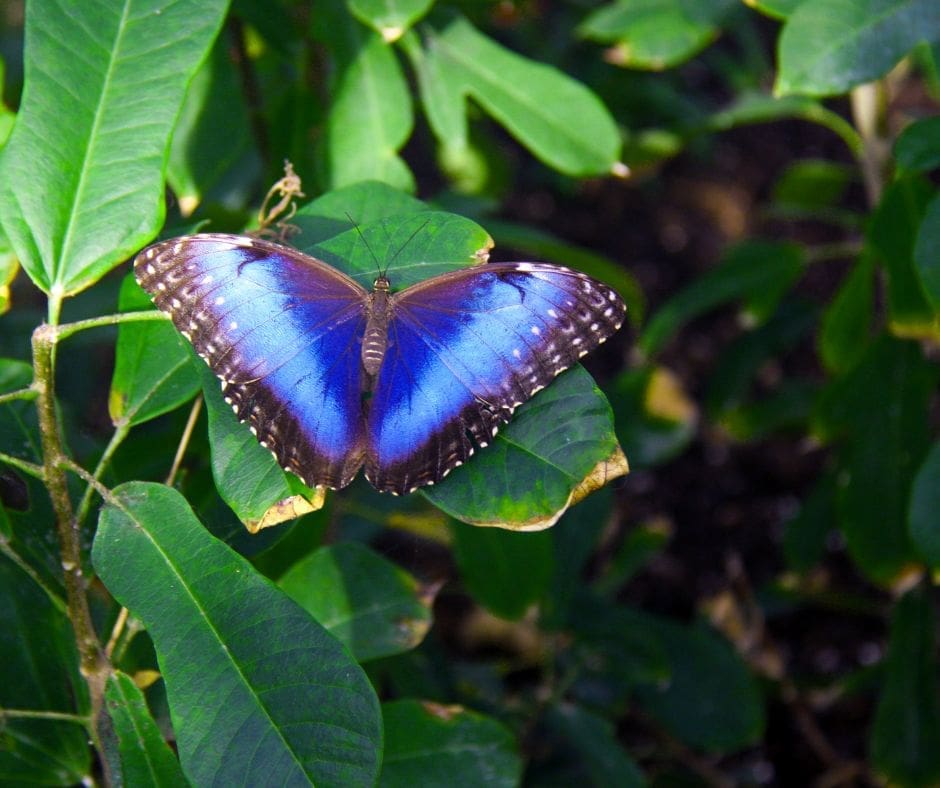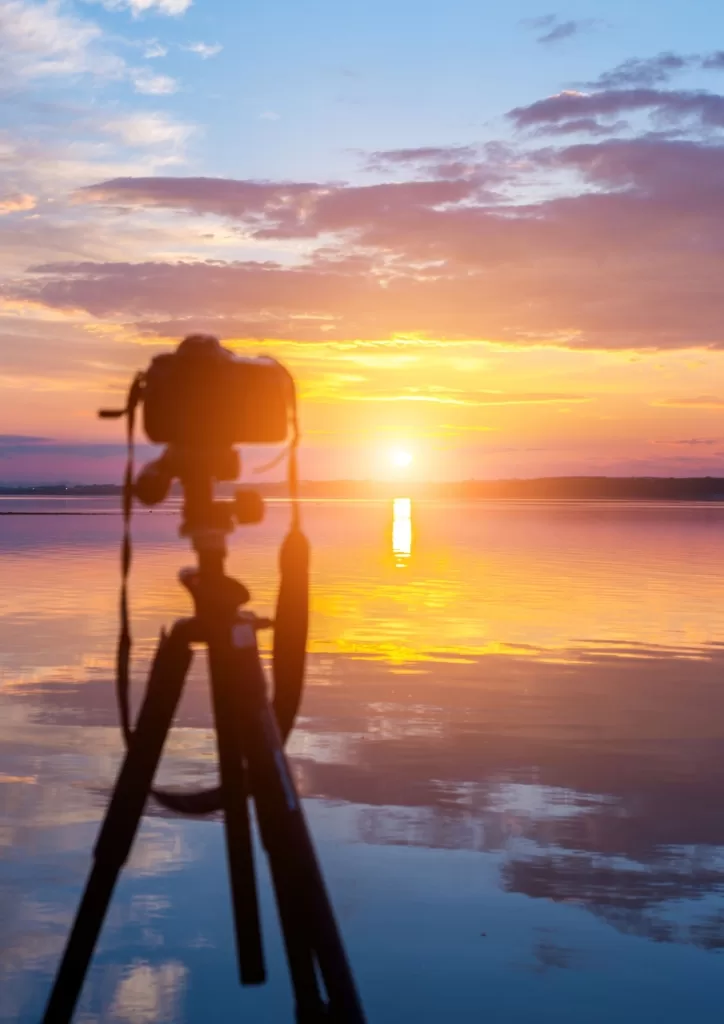
From Rainforest to Cloud Forest: four amazing places to photograph wildlife
By Richard L. Camp
rcamp@campphototours.com
Costa Rica, a verdant tapestry of rainforests, cloud forests, and coastal ecosystems, is a wildlife photographer’s dream. Where else can you find nearly 6% of the planet’s biodiversity so densely concentrated in a country as beautiful as Costa Rica?
It’s where sloths smile enigmatically, toucans flash their vibrant feathers, and five species of monkeys playfully swing through thick jungle canopies. It’s a breathtaking destination for photographers with plenty of opportunities to capture stunning images of hard-to-find wildlife if you know where to look.
When to go
Costa Rica’s dry season (December to April) offers the best weather for photography. However, the rainy season (May to November) can also be rewarding, with lush greenery and vibrant landscapes.
How to Get Started
When I first came to Costa Rica, I thought I could easily find specific species of birds, reptiles, and monkeys with minimal effort. You can spot monkeys, macaws, and toucans from your hotel window, by the pool, or in the outdoor breakfast dining area.
However, successful wildlife photography in Costa Rica takes more than enthusiasm and the lure of photos you may have seen in wildlife publications. Using resort hotels as a base for most photography enthusiasts can yield creative shots. However, you may want to expand your reach to capture images of tree frogs, crocodiles, quetzals, toucanets, and other elusive species. In that case, you’ll need to have a more profound knowledge of the ins and outs of Costa Rica’s diverse habitats and photographic techniques to open more rewarding possibilities.
Sloths, for example, are very hard to photograph. Their habitat is high in the tree-tops in typically old-growth forests. The same goes with red-eyed tree frogs. These tiny frogs are nocturnal, hard to find, and equally hard to handle and position to get a classic shot.
Beyond your Hotel – Where to go
As you research the best areas for wildlife, start with a general overview and then make a more refined plan based on the species you want to photograph.
Here are four of my favorite areas:
Osa Peninsula:
The Osa is a biodiversity hotspot in the southernmost part of Costa Rica. It’s known for its pristine rainforests and 2.5% of the earth’s biodiversity packed into an area equivalent to 0.001% of its land mass. This location is rich in photographic opportunities. Expect encounters with scarlet macaws, five species of monkeys, rainforest amphibians like the red-eyed tree frog, sloths, and other tropical reptiles. Puerto Jiminez is a good base camp with various accommodations. There is a small airport with service from San Jose on Sansa Air.
Pro tip: A private photography tour is the best opportunity to learn wildlife photography from professionals and capture memorable images.
Corcovado National Park:
Corcovado, in the Osa, is home to many mammals, reptiles, and amphibians, including Jaguars and Baird’s Tapirs. Guides registered to operate in the park are required to visit Corcovado. Hotels and Resorts can assist with booking. Mention your interest in photography. Corcovado is accessible by boat via Drake Bay to the San Pedrillo Ranger Station or by car, a rocky, 4WD two-hour drive from Puerto Jiminez to ecolodges near the La Leona Ranger Station.
Pro tip: A telephoto lens is essential for capturing wildlife from afar. The jungle canopy reduces light levels, so increase your ISO to compensate for low light.
Sierpe River:
From the town of Sierpe, numerous boat tours take you up the Sierpe River to explore the largest mangrove reserve in Latin America. From the comfort of a boat, you will see abundant wildlife along the river’s thick mangrove trees, including sightings of monkeys, crocodiles, caymans, herons, boa constrictors, sloths, and more.
Pro tip: For sharp images, increase your ISO and shutter speed to compensate for the rocking motion of the boat
San Gerardo De Dota:
Bordering Los Quetzales National Park, this area has three types of forests perfect for photographing the resplendent quetzal, trogons, emerald toucanets, and hummingbirds. Located in a deep valley along the Saverge River, access the area on Route 2 between San Jose and Isidro De General. The valley's top is over 7,000 feet, and cooler temperatures prevail at these higher elevations. A local guide is a must when spotting quetzals. March and April are nesting seasons, making it prime season to spot these magnificent birds and other bird species. A wide variety of lodges in the valley suit any taste.
Pro tip: Batsu Garden has a covered platform for photographers with feeding stations attracting multiple species. A short walk up nearby forest trails offers encounters with toucanets and quetzals.
Practice Ethical Wildlife Photography
Always prioritize the well-being of the animals. Avoid disturbing them or using flash photography, particularly with sloths. Your guide will help you make sound ethical decisions when photographing sensitive species like frogs and other reptiles.

